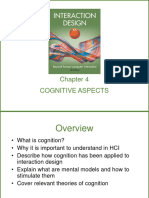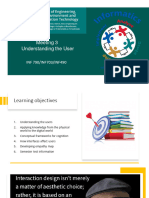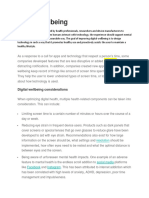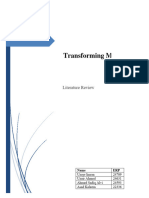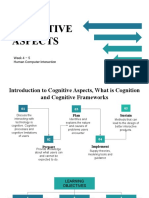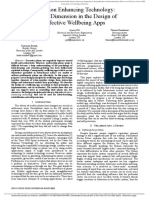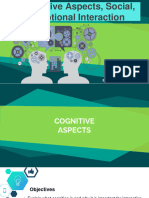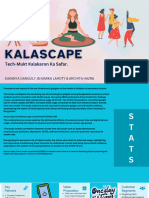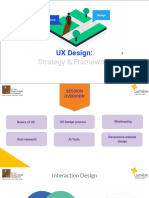0% found this document useful (0 votes)
11 views2 pagesThree
This report analyzes the impact of cognitive load on user attention in digital environments, highlighting a decline in average attention span from 12 seconds in 2000 to under 8 seconds in 2025. It discusses the types of cognitive load, digital consumption patterns across age groups, and the effects of user experience on mental fatigue. Recommendations for digital designers include limiting UI shifts, using progressive disclosure, and implementing features to mitigate over-consumption.
Uploaded by
panmaopkuCopyright
© © All Rights Reserved
We take content rights seriously. If you suspect this is your content, claim it here.
Available Formats
Download as PDF, TXT or read online on Scribd
0% found this document useful (0 votes)
11 views2 pagesThree
This report analyzes the impact of cognitive load on user attention in digital environments, highlighting a decline in average attention span from 12 seconds in 2000 to under 8 seconds in 2025. It discusses the types of cognitive load, digital consumption patterns across age groups, and the effects of user experience on mental fatigue. Recommendations for digital designers include limiting UI shifts, using progressive disclosure, and implementing features to mitigate over-consumption.
Uploaded by
panmaopkuCopyright
© © All Rights Reserved
We take content rights seriously. If you suspect this is your content, claim it here.
Available Formats
Download as PDF, TXT or read online on Scribd
/ 2










